This page contains information on renowned antenna designer Gordon “Dick” Bird G4ZU. Amateur radio operators may be aware of this ground-breaking antenna designs such as the G4ZU Minibeam, the Birdcage, the “Jungle Job” or the G4ZU “Bow-and-Arrow” Yagi.
The callsign G4ZU remains in the Bird family. Dick’s grand-daughter Sarah holds a UK amateur radio licence (callsign M6PSK), and the callsign G4ZU is held by her husband Pete as a club callsign for Essex Ham.
The historic callsign was activated again on Christmas Day 2015 – See G4ZU callsign activated
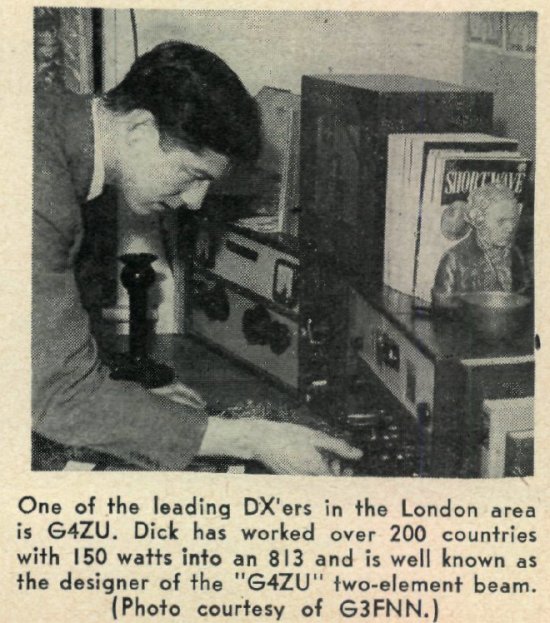
Gordon Alfred Bird – History
Gordon was born on the 2nd of July 1918 in Brighton, son of Alfred Bird and Beatrice Wright. He was married to Joyce Rudd in 1943.
He was a chief electronics engineer and manager, and worked for the British Post and Telecommunications, NATO and the United Kingdom Ministry of Defence. As an employee of the GPO, Dickie was a radio inspector, working from an office close to St Paul’s (source)
Gordon passed away on the 16th of August 2005 aged 86 at his home near Malves en Minervois / Carcassonne, Southern France.
Amateur Radio
Dick’s UK callsign was G4ZU, and when moving to France in 1999, he started using the French callsign F6IDC
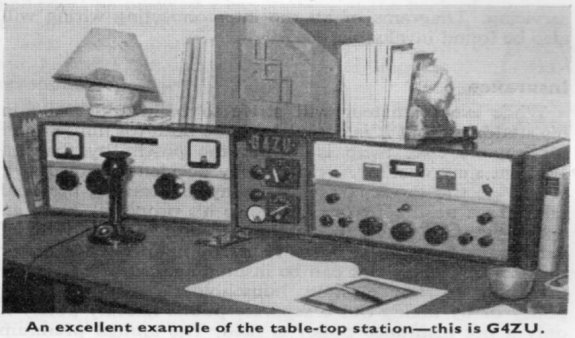
G4ZU Minibeam
This antenna was developed in the mid-1950s. Details to follow shortly
Details published in “73 Magazine” – July 1967
G4ZU Bird-Cage
The G4ZU Birdcage seems to have first appeared in the US CQ Magazine May 1960. It is basically a folded X-Beam… a 2-element Quad antenna folded back on itself. There was a commercial model made in the UK and sold in Europe and the USA. The gain is reportedly similar to a standard 2-element quad. More: The Birdcage Antenna – L. B. Cebik W4RNL
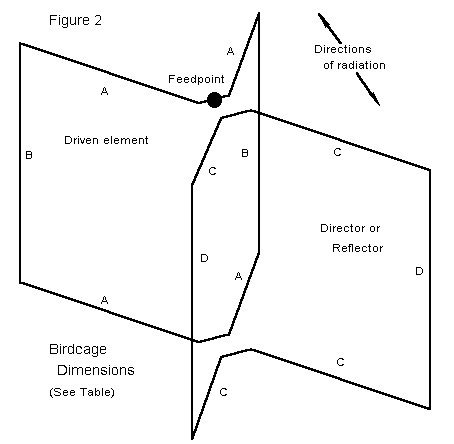
G4ZU Bird Yagi / “Bow and Arrow”
This was conceived in the early 1980s. Dick hit upon the idea of bending in the elements of a traditional Yagi, to enhance the coupling between the elements, and to enhance the front-to-back ratio and antenna operating bandwidth.

This 3-element antenna could be built simply using wire elements strung on a supporting fiberglass cross. More: The G4ZU Bird Yagi – L. B. Cebik W4RNL
The design led to the creation of the “Spider beam” by Cornelius Paul DF4SA – this is a multi-band antenna based on Dick’s original Bird Yagi concept
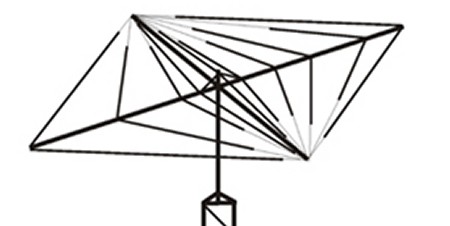
G4ZU “Jungle Job”
This is a 2-element beam with a v-shaped wire reflector. Likened to a bow, the radiating element is the ‘bow’, the reflector is the ‘string’ and the boom makes the ‘arrow’.
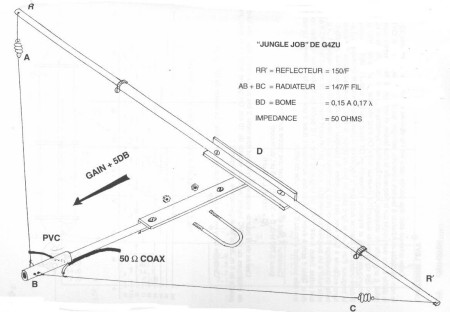
G4ZU Patents
Gordon Alfred Bird of 94 Shirley Way, Croydon held a patent for “Improvements in and relating to Aerial Systems”. British Patent 790576 was applied for on the 23rd of November 1955 (33589/55), with specification filed on the 21st August 1956 and the complete specification being published on the 12th of February 1958 (International Classification H04d)

